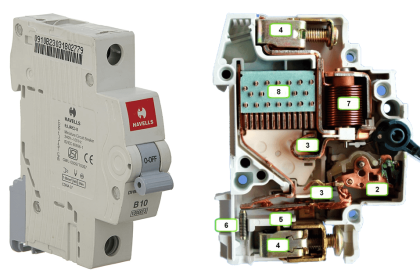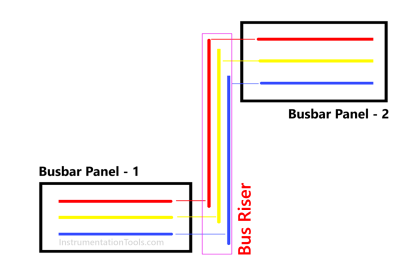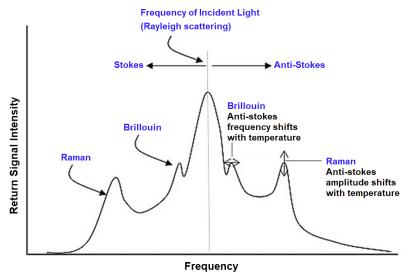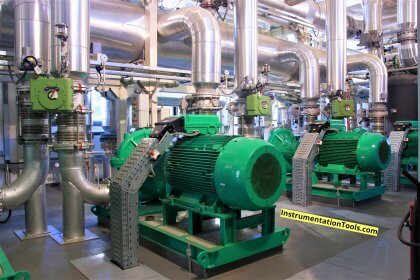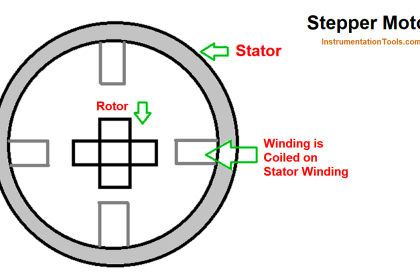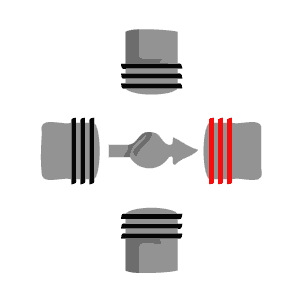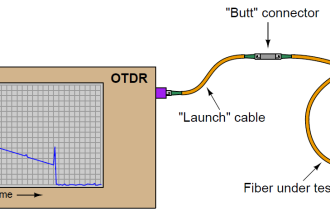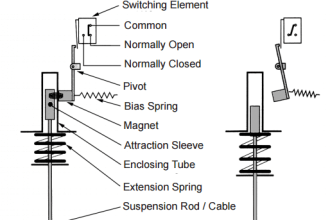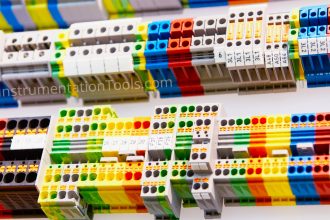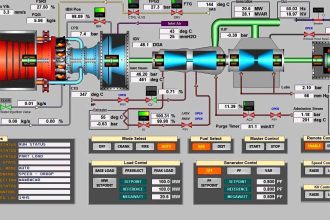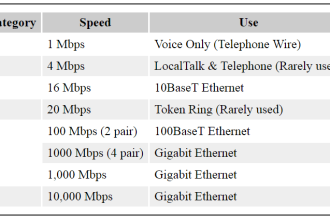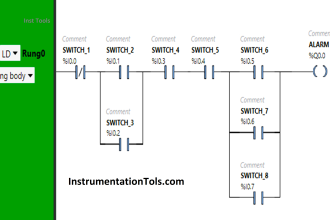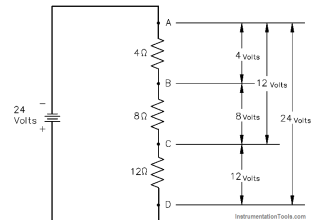In this post, we will learn about the most common types of industrial circuit breakers and their principle of operation.
What is a Circuit Breaker?
Circuit breakers are an essential part of an electrical circuit. It is a device that is used as a protective switch for passing electrical current with tripping conditions checked.
When it detects a trip condition, the circuit breaker opens its contact and isolates the input and output voltage from contacting each other.
So, its basic function is to interrupt current flow after a fault is detected. It then remains open as long as the user does not reset the trip.
Most Common Types of Industrial Circuit Breakers
The most popular types of electrical circuit breakers are listed below.
- MCB (Miniature Circuit Breaker)
- MCCB (Molded Case Circuit Breaker)
- RCCB (Residual Current Circuit Breaker)
- RCBO (Residual Current Circuit Breaker with Overcurrent)
- MPCB (Motor Protection Circuit Breaker)
- VCB (Vacuum Circuit Breaker)
- SF6 (Sulphur Hexafluoride) Circuit Breaker
- Oil Circuit Breaker
MCB (Miniature Circuit Breaker)
MCB (Miniature Circuit Breaker) is a type of low-voltage circuit breaker. MCB is used for low power requirements such as domestic purposes or small electrical panels.
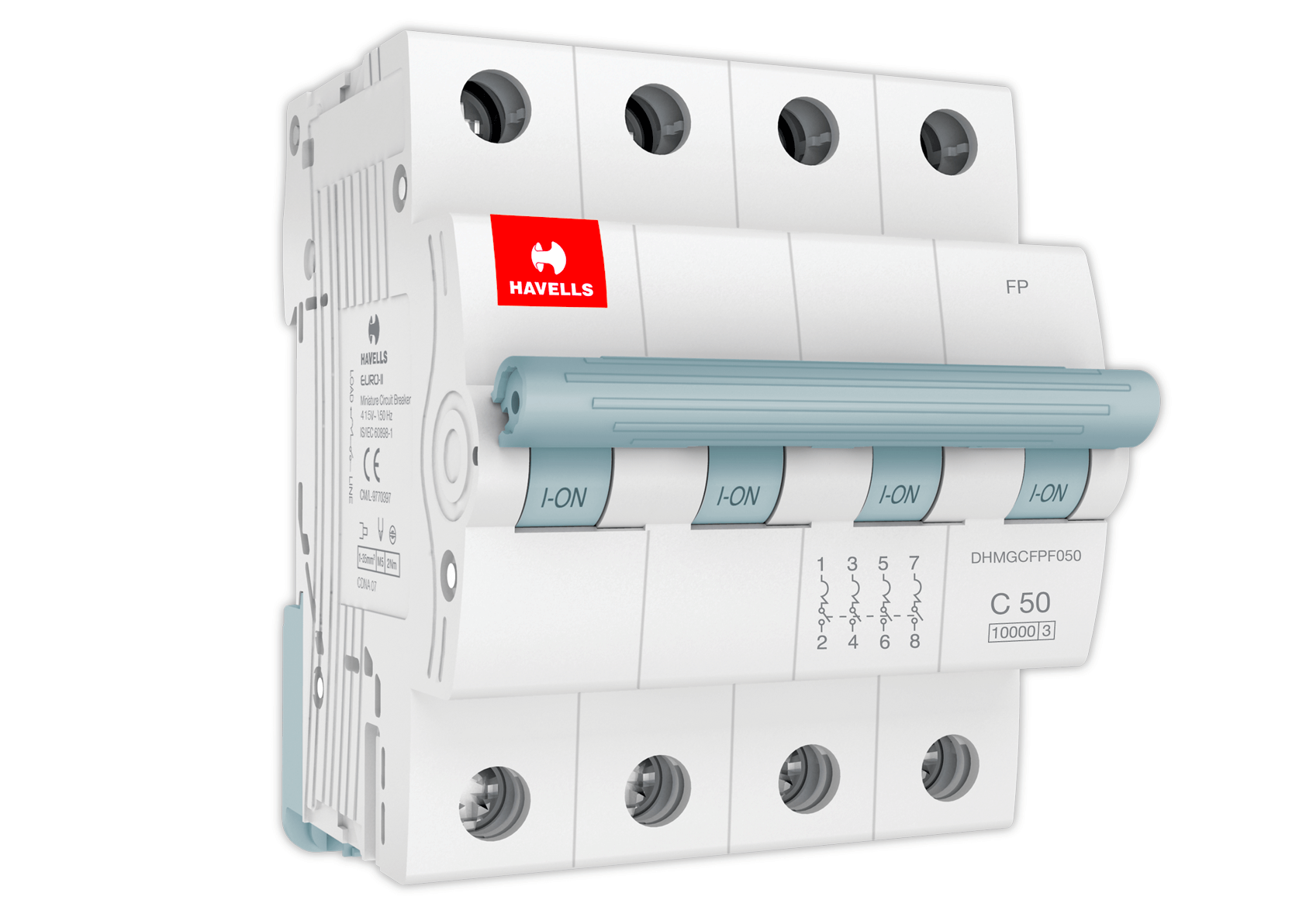
MCB can be used only till 100 A. MCB has an interrupt rating of up to 18000 A.
These days Class 3 MCBs are very popular due to their ability to trip quickly & also their minimum loss of let-through energy.
MCCB (Molded Case Circuit Breaker)
MCCB (Molded Case Circuit Breaker) is a type of low-voltage circuit breaker. MCCB is used for high power requirements like industrial or big commercial applications.
MCCB can be used till 2500 A. This makes MCCB feasible for use in bigger applications. The interrupt rating of MCCB can go up to 200000 A.
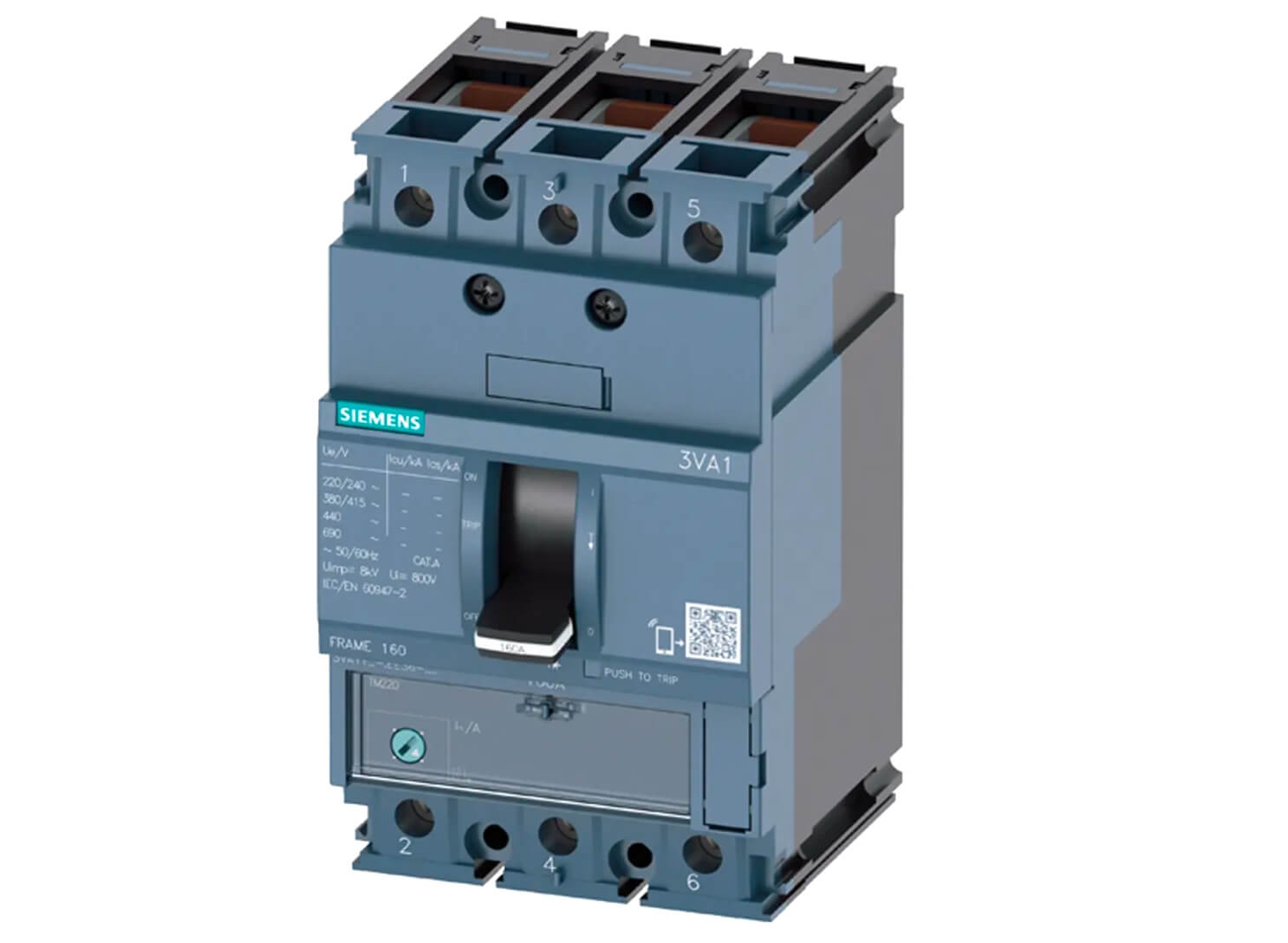
MCCB has various tripping functions like continuous ampere, long time delay, short time pick up, short time delay, instantaneous pickup, and ground fault pickup. These are adjustable trip functions, which means that you can set the trip parameters according to your requirements; thus providing more flexibility to the user for designing a circuit.
MCCB is enclosed in the molding or housing of a molded material & that is the reason it is known as Molded Case Circuit Breaker.
RCCB (Residual Current Circuit Breaker)
RCCB (Residual Current Circuit Breaker) is a type of low-voltage circuit breaker. RCCB is used to protect against earth leakage fault currents.
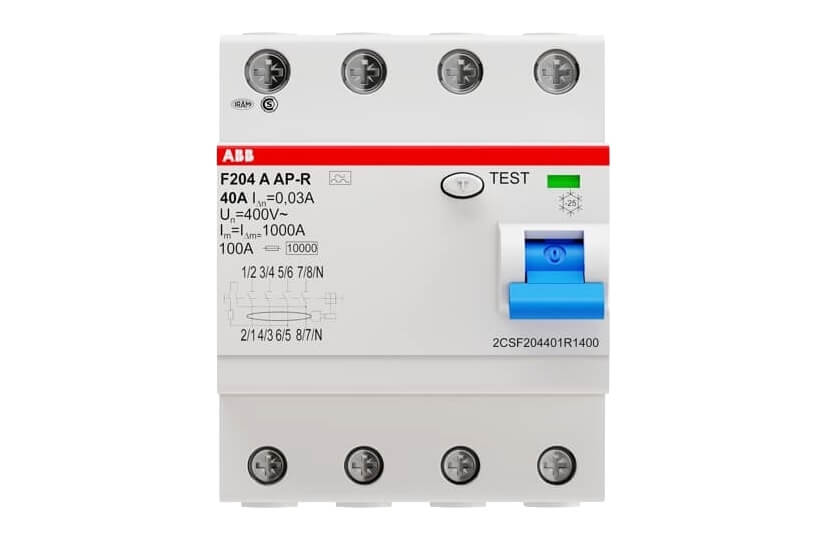
RCCB has smaller current ratings, typically up to 160A. RCCB provides protection against electric shocks. This is because the role of RCCB is primarily to detect earth leakage and trip the circuit when detected.
RCCB has a test circuit operation for checking if it’s working.
RCBO (Residual Current Circuit Breaker with Overcurrent)
RCBO (Residual Current Circuit Breaker with Overcurrent) is a type of low-voltage circuit breaker. RCBO is used to protect against earth leakage fault current with over-current too. RCBO has additional protection against overload and over-current.
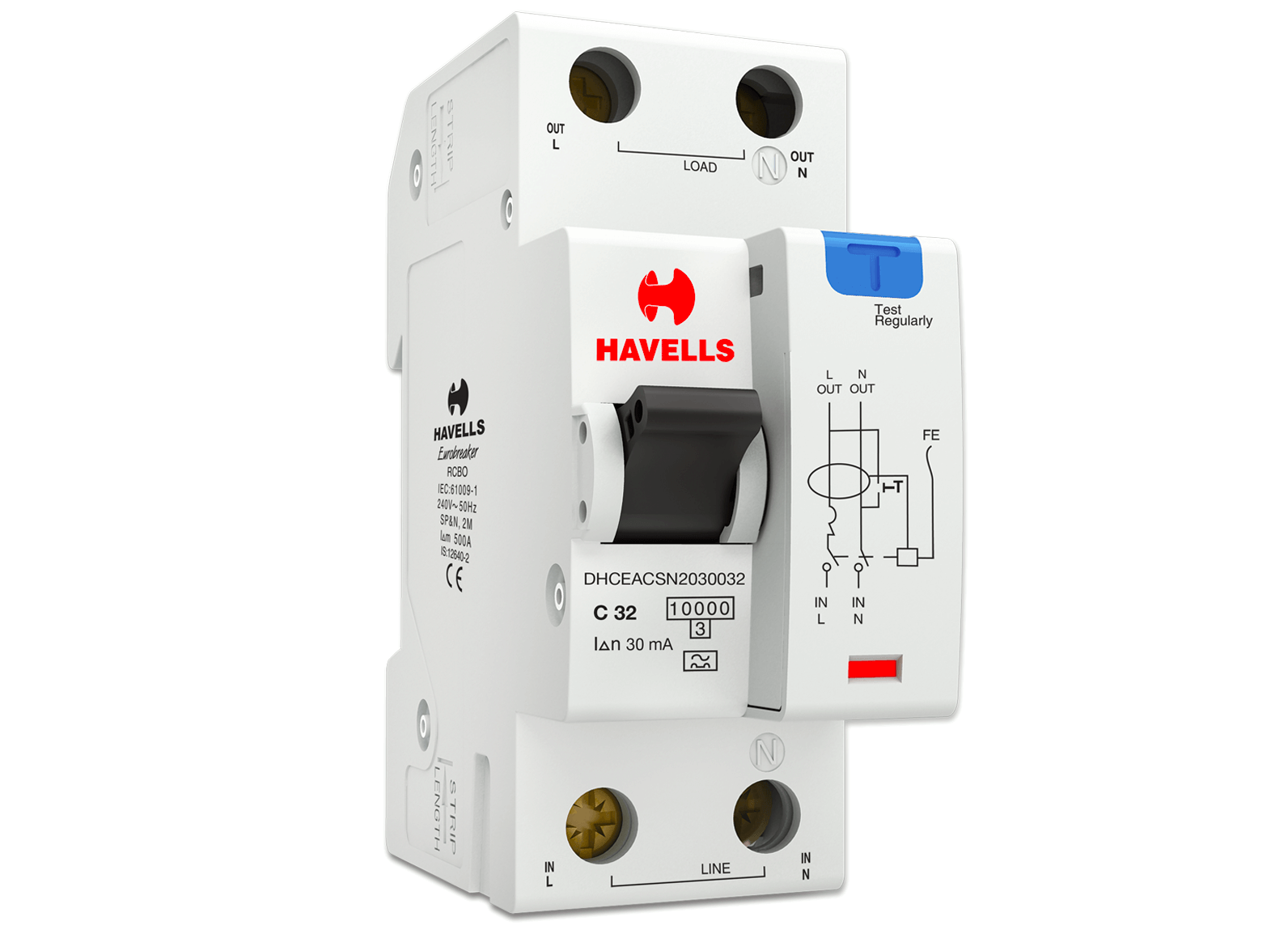
Basically, it majorly uses microcontrollers and it can also be said as a combination of MCCB and RCCB. That is why; it is more useful than RRCB; because RCCB does not provide protection against over-current.
Some RCBOs also have indicators on them to show any earth fault trip. This feature is very helpful as it quickly aids the engineer in troubleshooting faults.
MPCB (Motor Protection Circuit Breaker)
MPCB (Motor Protection Circuit Breaker) is a type of low-voltage circuit breaker. MPCB does the same function as an MCCB, but it has specially designed electrical characteristics in such a way that it will efficiently protect the motors from different types of faults.
Also, it has an on-off switch to turn on or off the power supply to the motor. It is to be noted that even an MCCB can be used to protect the motors, but it has limited motor protection functions as compared to an MPCB.
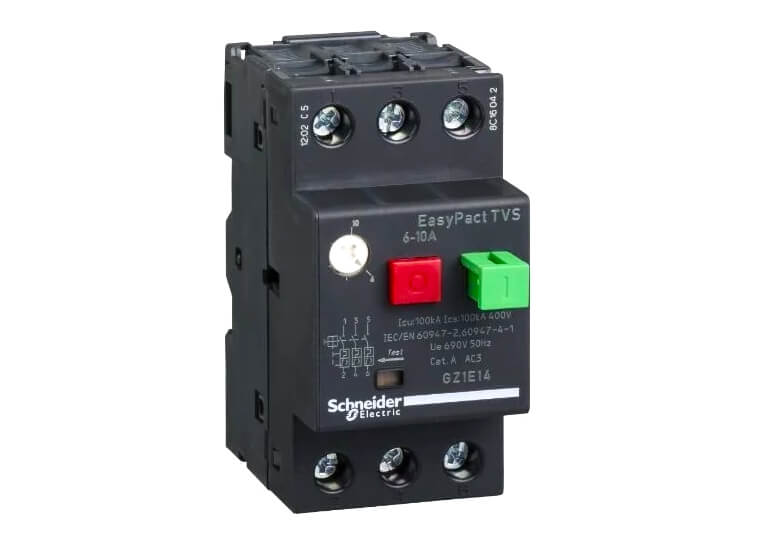
Some other faults which an MPCB can protect the motor from the phase loss, current unbalance, and under-voltage faults.
MPCB has a special feature of auto-resetting. It allows the motor to resume its operation after a set interval of time when the motor has tripped.
MPCB has an adjustable bimetallic strip for overload protection. The strip can be adjusted between any two set values for overload protection. MPCB can also give protection against line-to-line faults and line-to-ground faults.
VCB (Vacuum Circuit Breaker)
A vacuum circuit breaker is a type of medium voltage circuit breaker. Circuit breakers are all about extinguishing the arc generated during high-tripping currents or power-off conditions.
So, when the vacuum is used to extinguish the arc, then it is called a vacuum circuit breaker. VCB is used at voltages of 11KV to 33KV. When the fixed and moving contacts move apart from each other during the trip or off conditions, then a large amount of arc is generated.
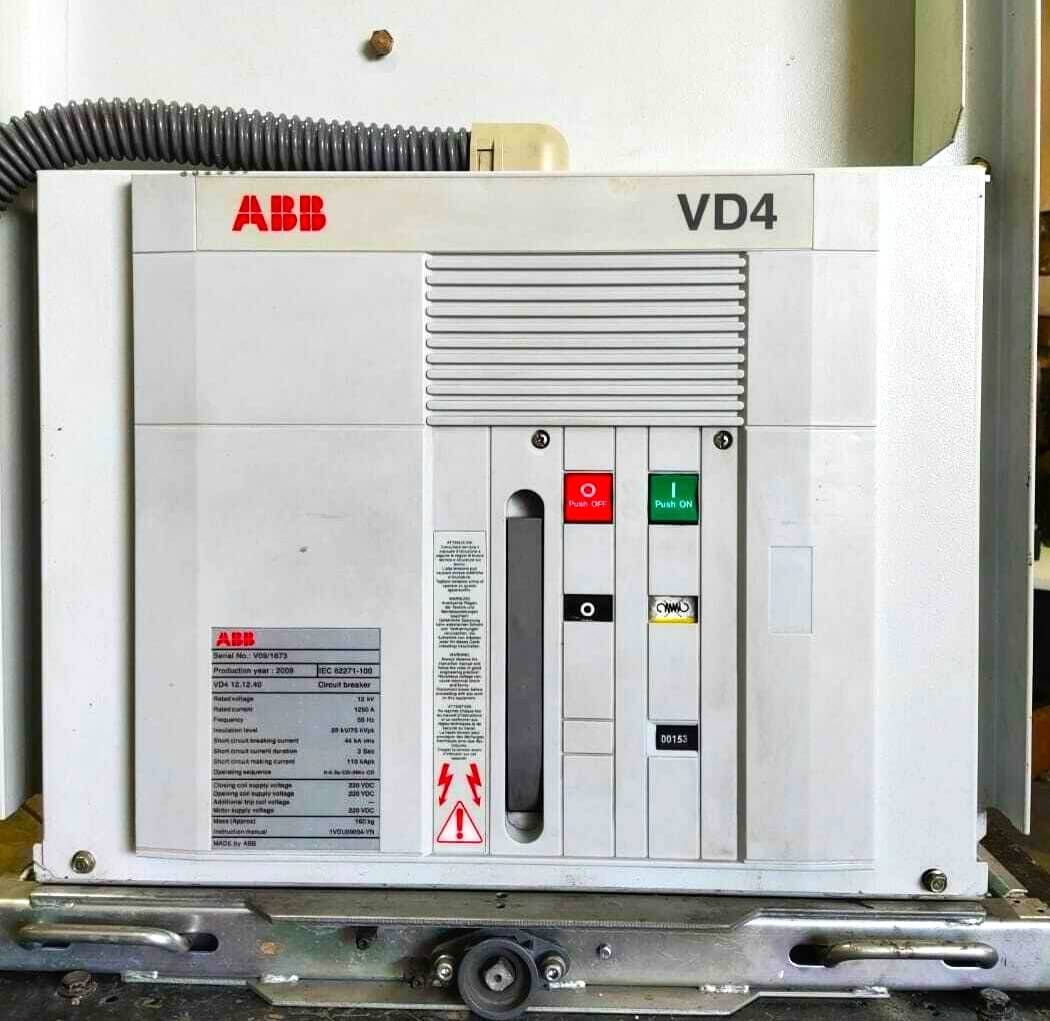
In this circuit breaker, as the arc is occurring in a vacuum enclosure, the dielectric strength of the vacuum increases during arc generation.
This automatically reduces or nullifies the high current generated. It has a dielectric recovery character, excellent interruption, and can interrupt the high-frequency current which results from arc instability, superimposed on the line frequency current.
SF6 (Sulphur Hexafluoride) Circuit Breaker
SF6 (Sulphur Hexafluoride) Circuit Breaker is a type of medium voltage circuit breaker.
When the sulphur hexafluoride gas is used to extinguish the arc, then it is called an SF6 circuit breaker. This gas is known to rapidly extinguish the arc, as it has a very high dielectric strength acting as an insulating medium.
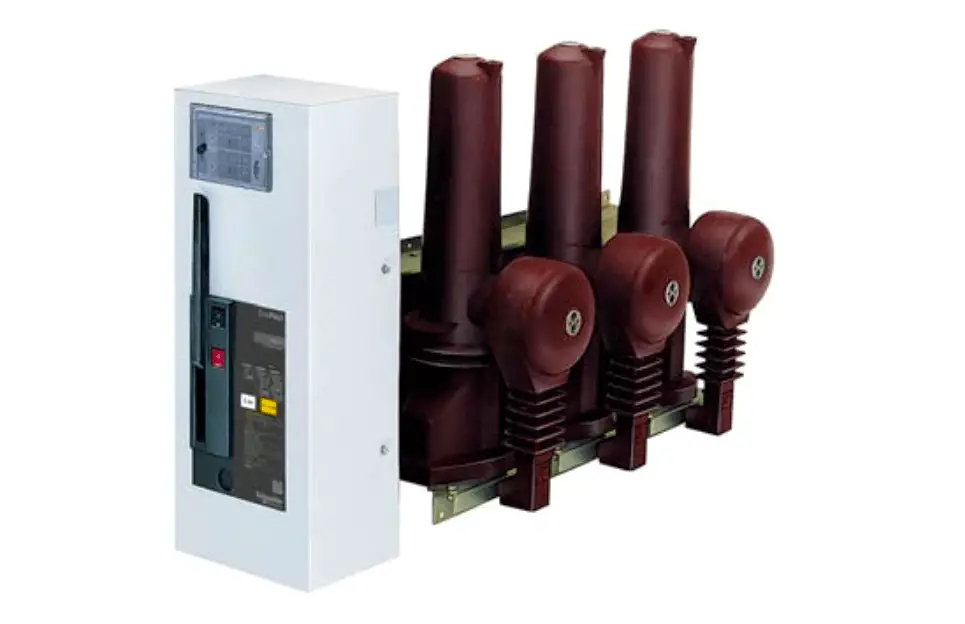
When the fixed and moving contacts move apart from each other during the trip or off conditions, then a large amount of arc is generated.
In this circuit breaker, as the arc is occurring in the gas enclosure, the dielectric strength of the gas increases during arc generation. This automatically reduces or nullifies the high current generated.
The SF6 circuit breaker has an excellent insulating property and high electro-negativity. It is used at voltages of 33KV to 800KV.
Oil Circuit Breaker
An oil Circuit Breaker is a type of high-voltage circuit breaker. When oil is used to extinguish the arc, then it is called an oil circuit breaker. In this type of circuit breaker, oil is used, but mineral oil is preferable. It acts better in insulating properties than in air.
The moving contact and fixed contact are immersed inside the insulating oil. When the arc is generated, the oil is vaporized and decomposed in hydrogen gas. It finally creates a hydrogen bubble around the arc. This highly compressed gas bubble around and arc prevents re-striking of the arc after the current reaches zero crossings of the cycle.
In this way, we understand some general and the most common types of circuit breakers used.
If you liked this article, then please subscribe to our YouTube Channel for Electrical, Electronics, Instrumentation, PLC, and SCADA video tutorials.
You can also follow us on Facebook and Twitter to receive daily updates.
Read Next:
- Motor Cooling Methods
- Flame Retardant Cables
- SCADA in Power System
- Importance of Neutral Wire
- Induction Motor Problems
